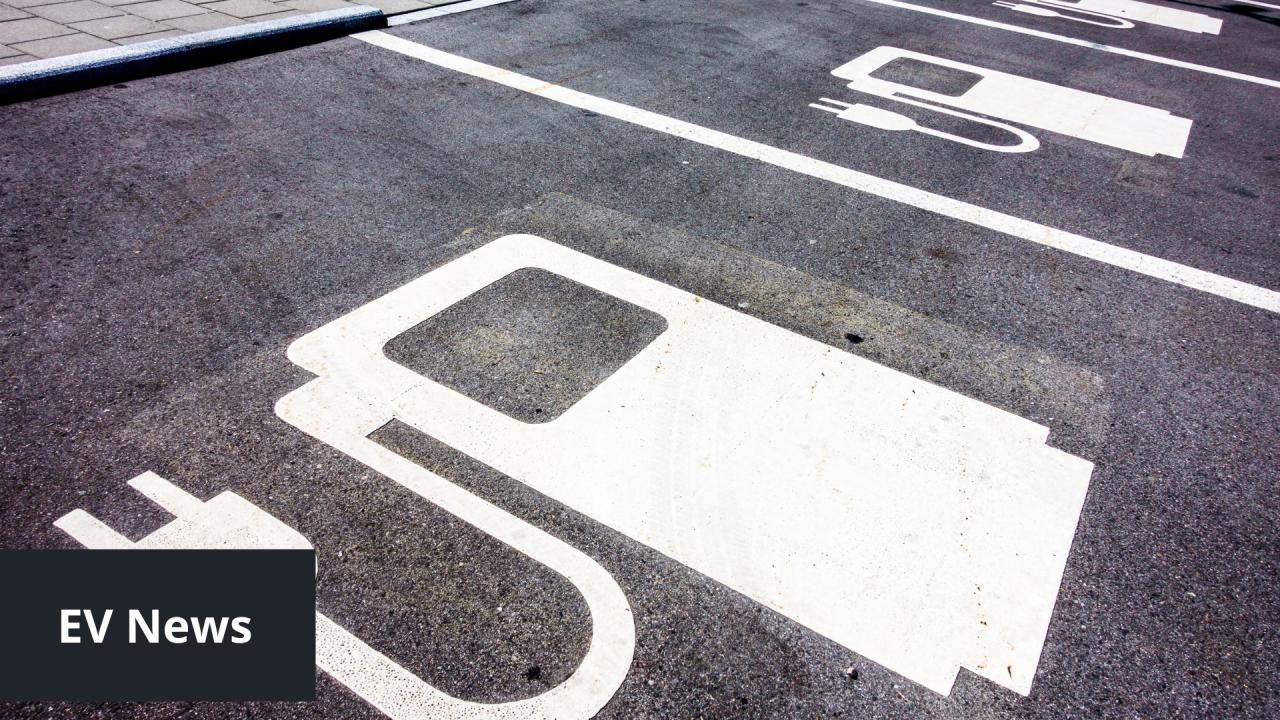A new charging hub for electric vehicles has recently been opened at the Mikulášov rest area along the D1 highway. According to available information, it is the largest facility of its kind in the Czech Republic. The project was implemented by the energy company ČEZ, which is expanding its network of charging stations for electric vehicles in the country.
Technical Specifications and Capacity
The new hub features 14 charging stations with a declared maximum output of 320 kW. This configuration theoretically allows for simultaneous charging of up to 28 vehicles. According to the operator, it should be possible to charge an electric vehicle battery to a range of approximately 150 kilometers during a ten-minute stop. However, these figures will need to be verified in practice, especially considering the different types of electric vehicles and their actual ability to utilize the maximum charging power.
Context of Expanding Charging Infrastructure
The opening of this hub is part of a broader trend of building charging infrastructure in the Czech Republic. ČEZ is not the only player on the market, but it is one of the most active. The company states that it currently operates 10 locations with three or more high-performance stations and plans further expansion. However, it should be noted that the development of electromobility in the Czech Republic still faces various challenges, including insufficient infrastructure in some regions.
Impact on Electric Vehicle Users
For electric vehicle drivers, the new hub could significantly improve travel comfort along the D1 highway. Increasing the number of available charging points could reduce waiting times, which are often a source of criticism from users. At the same time, it is essential to consider that the actual benefit will depend on the station's real usage and the ability of different electric vehicle models to take full advantage of the high power offered.
The Future of Electromobility in the Czech Republic
Although the opening of the new hub represents a positive step in the development of infrastructure for electric vehicles, it is crucial to view this project in a broader context. Electromobility in the Czech Republic still faces many challenges, including relatively low adoption of electric vehicles among consumers, high purchase prices of vehicles, and the need for further development of the charging network outside major transport routes. It will be interesting to see how the situation evolves in the coming years and whether similar projects will contribute to a more widespread adoption of electromobility in the Czech Republic.

